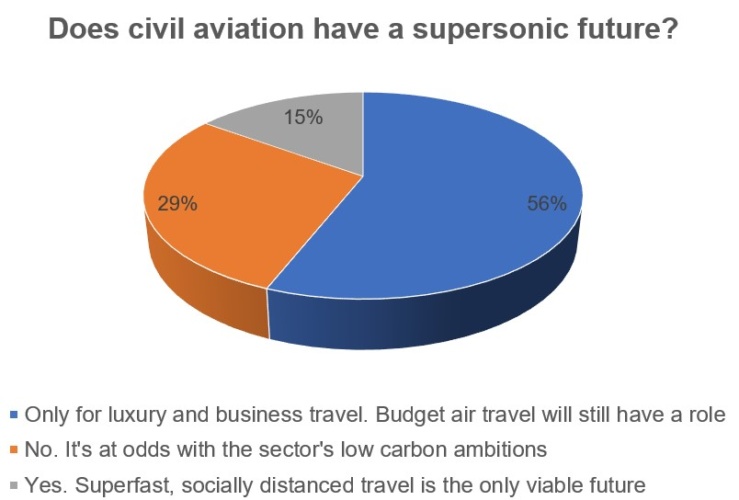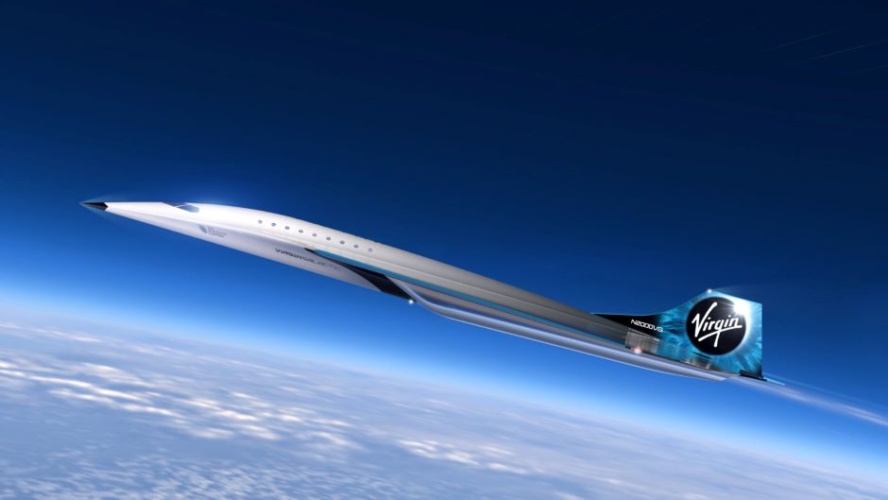
From mass redundancies to cancelled orders for new aircraft, the drastic reduction in air-travel triggered by the pandemic has had an eye-watering impact on the civil aviation sector.
But could a new generation of supersonic passenger jets help forge a new role for the industry, and provide an opportunity for some of the world’s most innovative aerospace engineering organisations?
Despite the notable cancellation of the Rolls-Royce / Airbus E-Fan X project - which had hoped to demonstrate the world’s first large hybrid-electric passenger jet - the sector has been keen to stress that low carbon innovation remains front and centre of its plans for the future. But a slew of recent announcements would suggest that it might be looking elsewhere for the big opportunities of the future.
As previously reported by The Engineer, there has been growing interest in supersonic passenger flight for a number of years now – largely amongst a community of disruptive startups keen to open up new opportunities in a crowded industry.
But this interest now appears to have crossed over into mainstream. Rolls-Royce Plc (the company that powered Concorde) is collaborating with Virgin Galactic on the development of a propulsion system for a MACH 3 passenger aircraft.

The company has also joined forces with Reaction Engines on the development of supersonic and hypersonic propulsion systems technologies. And - as if that wasn’t enough - it’s also collaborating with supersonic startup Boom on engine systems for the the company’s Overture supersonic aircraft.
There’s also growing interest from many of the industry’s other major players. For instance, Rolls-Royce rival GE Aviation is reported to be making progress on its Affinity supersonic engine – which is expected to be used on a 10 passenger supersonic business jet under development by Boeing backed startup Aerion Supersonic.
With the "pack-'em-in", high volume business model perhaps irreparably damaged by the pandemic, is a new compelling business case emerging for a faster, more socially distanced , and more expensive mode of air travel? Are we heading into a new era where passenger flight largely becomes the preserve of the wealthy few? Or is the technology currently under development compatible with civil aviation’s pre-Covid and future passenger growth plans? And could this growing interest in high speed flight mark a shift away from the sector’s much vaunted low carbon plans?
Join the debate in the comments box at the bottom of this page. All comments are moderated.





Glasgow trial explores AR cues for autonomous road safety
They've ploughed into a few vulnerable road users in the past. Making that less likely will make it spectacularly easy to stop the traffic for...